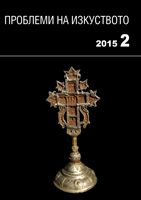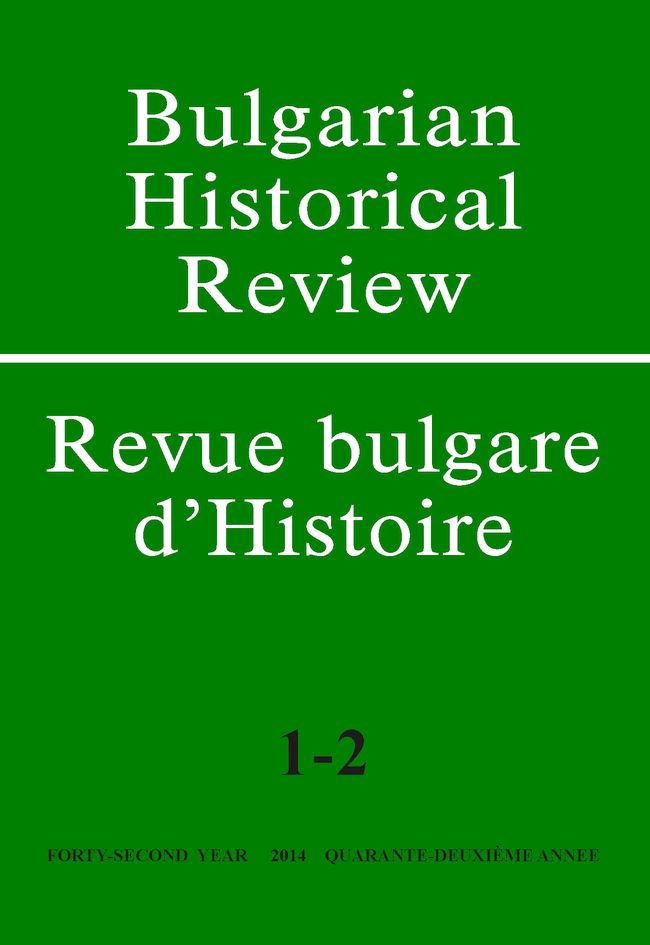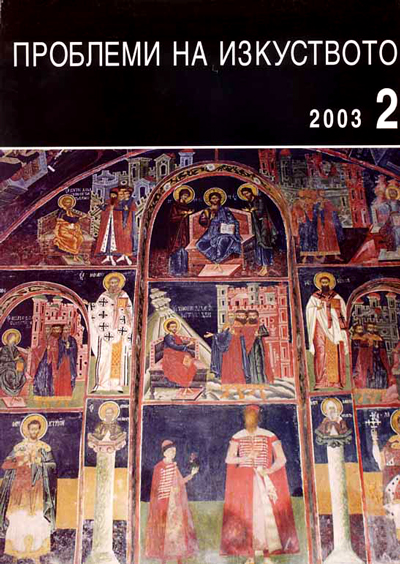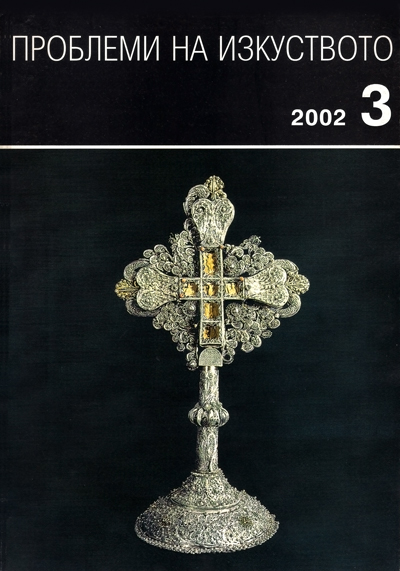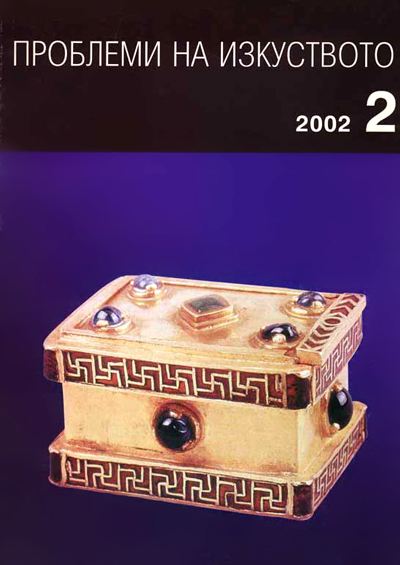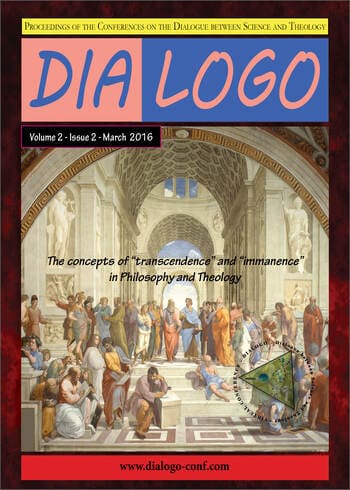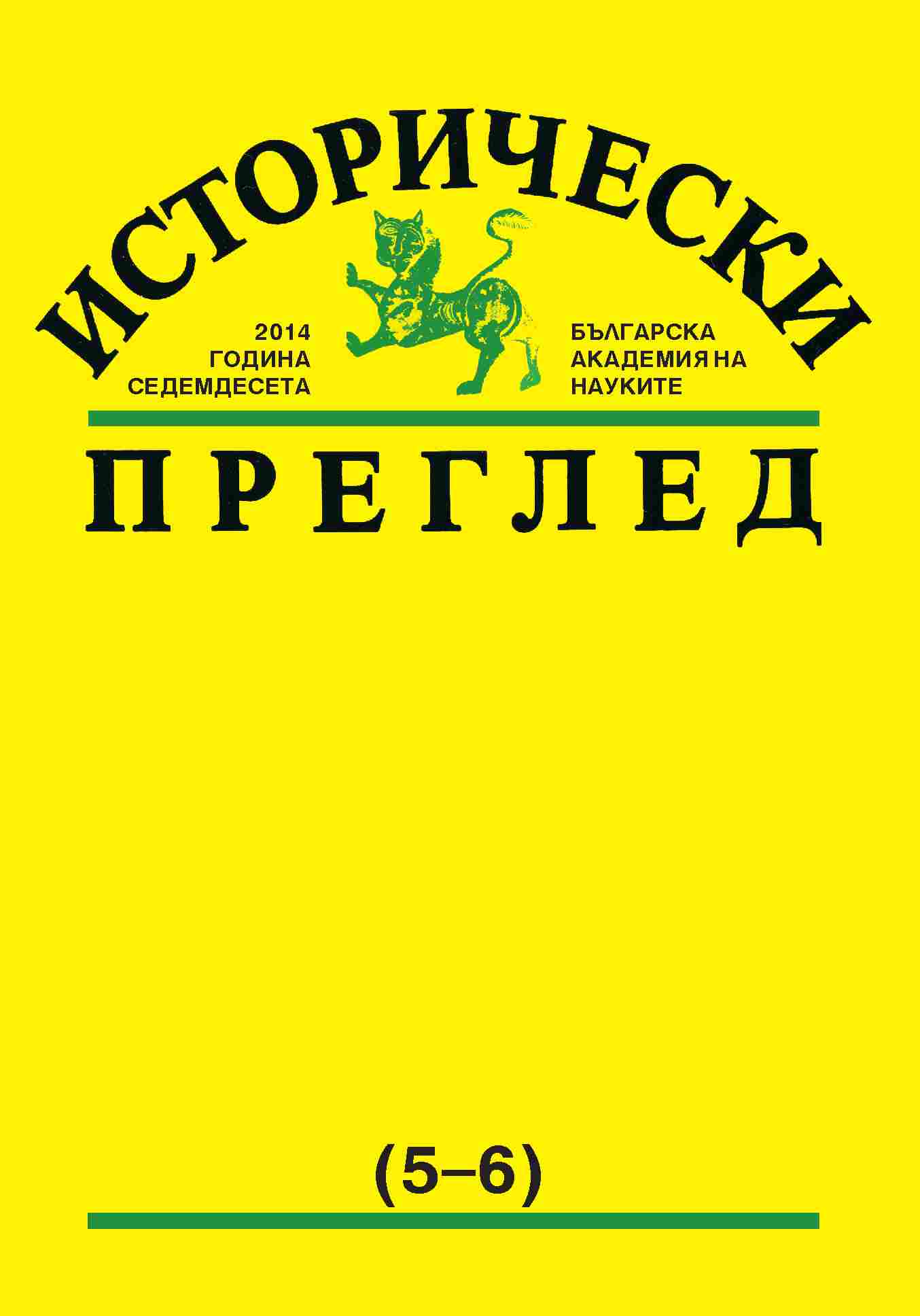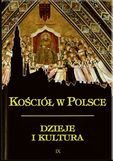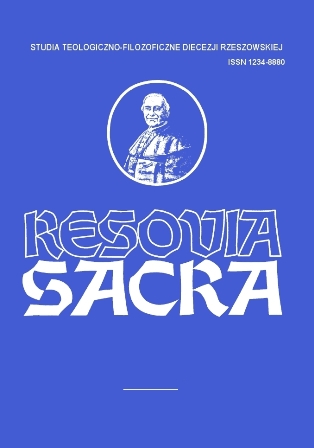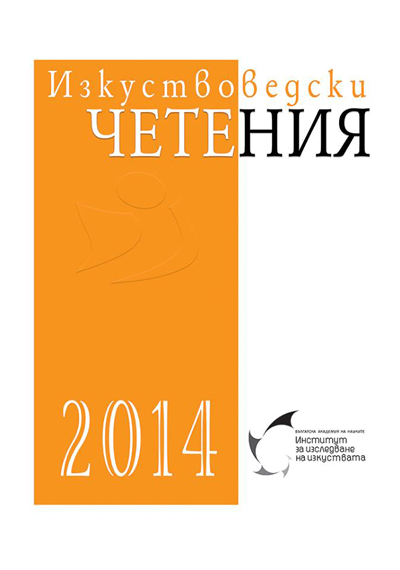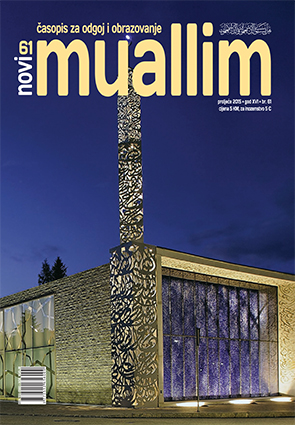
Kršćanska teologija kao odgovor na islamski izazov – Historijska perspektiva
Od samog početka su kršćani, osobito kršćanski teolozi, Muhamedovu objavu, i iz nje proizašlo nastajanje islama kao religije i religijske zajednice sa zahtjevom na vlastitu Objavu i iz nje izvedenim odnosno na njoj utemeljenim zahtjevom na Istinu, na jednoj strani, i brzo širenje ove nove religije i područja vladavine njenih pristalica, na drugoj strani, shvatili ne samo kao društveno-politički nego, upravo, i kao teološki izazov. To se po kršćanskom uvjerenju uopće nije moglo desiti da se post Christum natum, nakon objave kroz Isusa (Mesiju) Krista, tačnije: nakon samoobjave Boga dogodi još jedna druga, nova Božija objava, kada se samoobjava Boga kroz Isusa Krista po svjedočanstvu poslanice Hebrejima dogodila “jednom za sva vremena” i “konačno” (Heb 7,27).
More...
